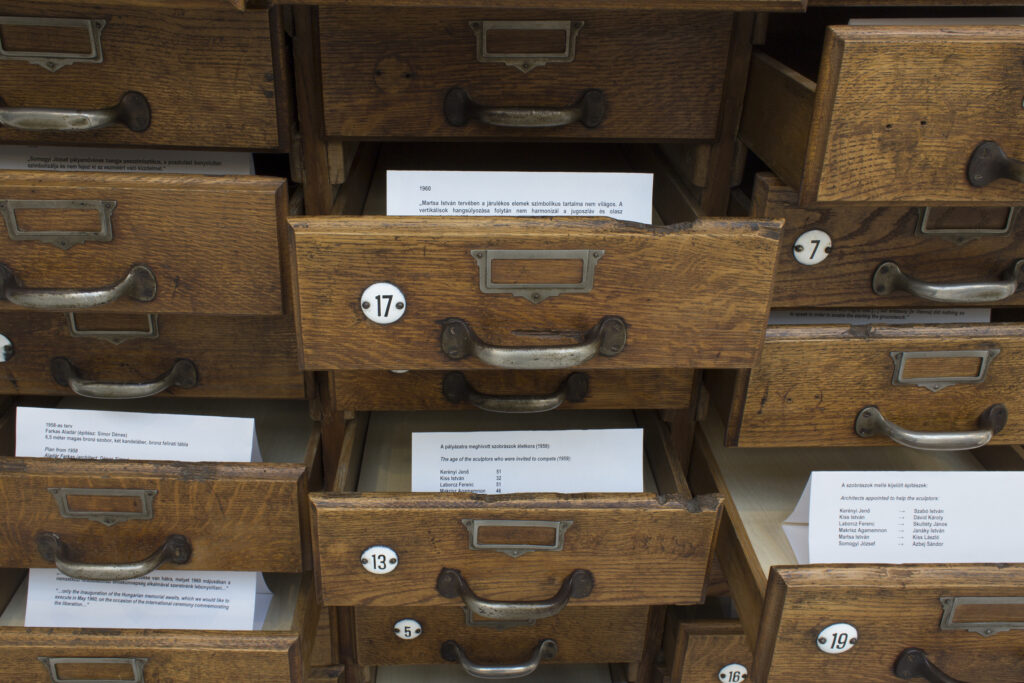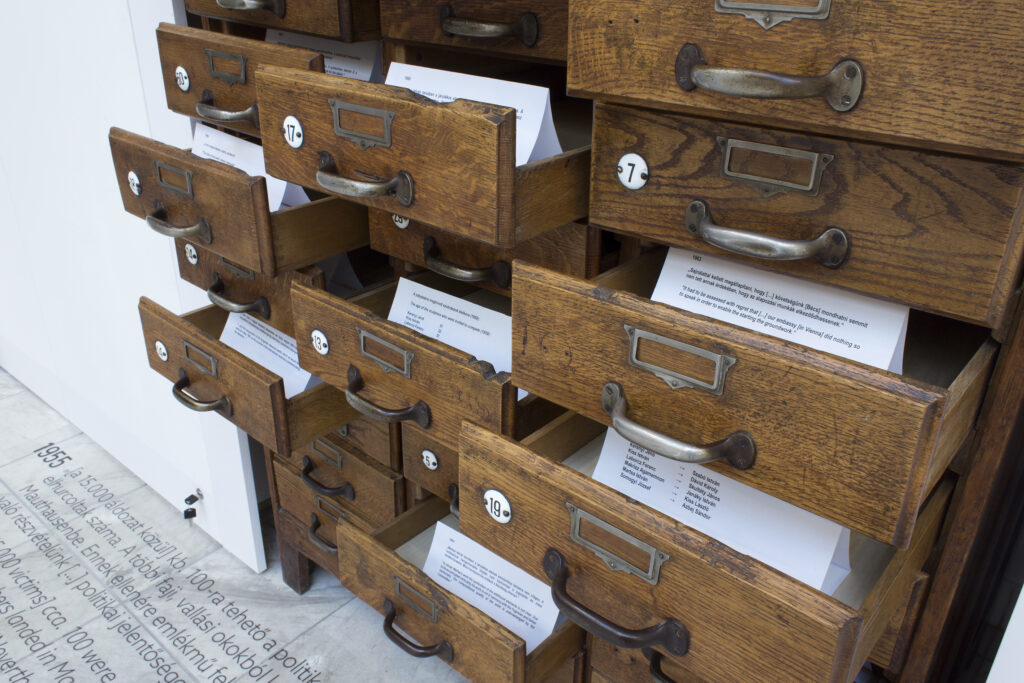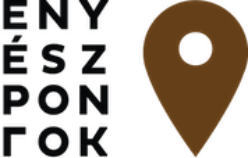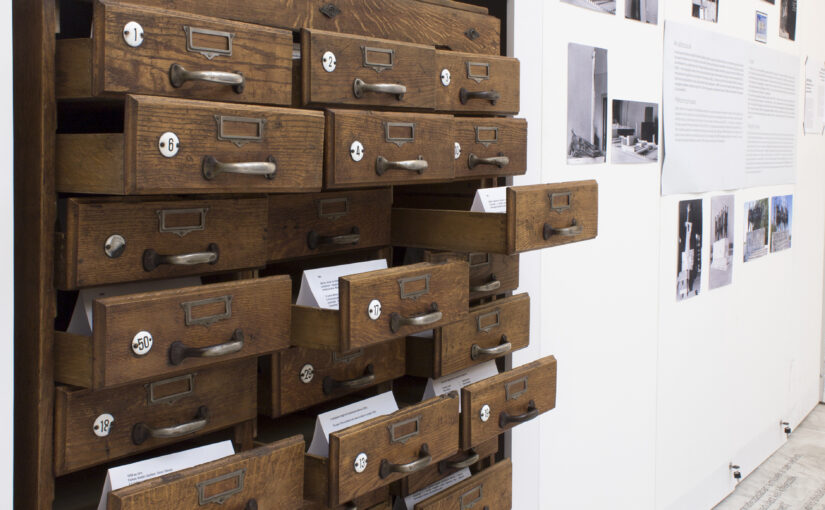A mauthauseni magyar emlékmű a Kádár-korszak első, holokauszt-emlékezethez kapcsolódó, állami finanszírozású képzőművészeti projektje. A hatvanas években még két hasonló vállalkozásra került sor: közös jellemzőjük, hogy külföldön (Mauthausen, 1964; Auschwitz, 1965), vagy legalábbis külföldi célközönség számára hozták létre azokat (A magyar képzőművészek a fasizmus ellen, Magyar Nemzeti Galéria – a Fédération Internationale des Résistants kongresszusának alkalmából). Mindhárom projekt képzőművészeti eszközökkel volt hivatott bemutatni a „fasizmus elleni harcot”, valamint annak múltbeli és jelenkori hőseit: az országot irányító kommunistákat.
A Comité International de Mauthausen felkérése nyomán már 1955-ben döntés született „a fasizmus áldozatainak emlékére” egy emlékmű felállítására, a két méter magas emlékoszlop azonban csak terv maradt. 1957-ben a frissen megalakult (a Magyar Partizán Szövetségbe betagozódó) Nácizmus Üldözötteinek Bizottsága vette kezébe az ügyet. Gyűjtést indítottak, majd 1958-ban egy hat és fél méter magas bronz szobor (ma lappangó) makettjének elkészítését Farkas Aladárra bízták.
1959-ben a Képzőművészeti Alap meghívásos pályázatot írt ki hat szobrász részére. A zsűri a Magyarországon élő görög emigráns, Makrisz Agamemnon tervét választotta, Kiss István, Martsa István, Somogyi József és Laborcz Ferenc munkáival szemben (utóbbi két tervet is készített, míg Kerényi Jenő nem vett részt a pályázaton). A folyamatosan emelkedő költségek, valamint bürokratikus és diplomáciai akadályok miatt a felállítás időpontja egyre tolódott, az emlékművet végül 1964-ben avatták fel.
Véri Dániel
/
The Hungarian Memorial in Mauthausen had been the first state-funded fine arts project related to the memory of the Holocaust in Communist Hungary. Two more such endeavours took place in the 1960s: they share the common characteristic of being produced abroad (Mauthausen, 1964; Auschwitz, 1965) or at least for a foreign audience (The Hungarian Artists Against Fascism, Hungarian National Gallery, 1965 – on the occasion of the congress of the Fédération Internationale des Résistants). All three projects intended to showcase through artistic expression the “fight against Fascism” and its heroes in past and present times, namely the country’s Communist leadership.
Upon the request of the Comité International de Mauthausen it was decided as early as in 1955 to erect a monument “for the memory of the victims of Fascism”, but the two meters large memorial column remained only a plan. In 1957 the newly founded Committee of the Persecutees of Nazism (integrated into the Hungarian Partisan Association) took the initiative. They started a fundraising campaign and in 1958 commissioned Aladár Farkas to create a (currently missing) model for a six and a half meters large bronze sculpture.
In 1959, a by invitation only contest was announced by the Fine Arts Fund for six sculptors. The jury selected the plan created by Agamemnon Makrisz, a Greek émigré sculptor living in Hungary, forgoing works by István Kiss, István Martsa, József Somogyi and Ferenc Laborcz (the latter created two plans, whereas Jenő Kerényi did not take part in the contest). Due to the continuously increasing costs, as well as bureaucratic and diplomatic obstacles the date of the erection of the monuments had been repeatedly delayed; finally, the monument was inaugurated in 1964.
Daniel Véri




